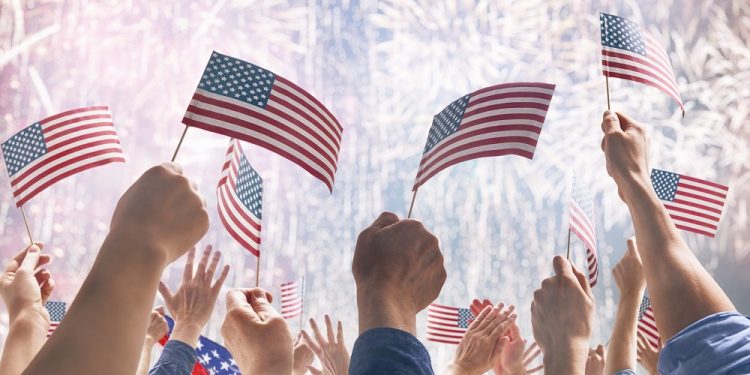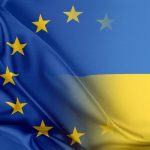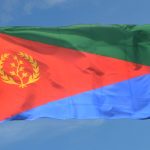
US Independence Day (Fourth of July)
Independence Day is an American holiday celebrating the founding of our country through the adoption of the Declaration of Independence. It is celebrated on July 4th and is often simply referred to as “The Fourth of July”.
History
The British began claiming the land that would later become America in 1607 with the establishment of the colony at Jamestown. Despite early struggles, by the mid-1700s, England controlled thirteen flourishing colonies. These colonies became quite profitable as industry and agriculture took hold and trading was established. Exports included tobacco, food, iron, paper, and textiles.
England, ruled at the time by King George III, imposed taxes on the colonies. The English felt that it was fair to tax the colonies to pay their share of the upkeep of the British Empire. However, the King refused to give the colonies any representation in Parliament, meaning they did not have any vote on the amount of the taxes or how they were to be used. The phrase “no taxation without representation” became a rallying cry for those who felt the British had no right to tax the colonies without allowing them a voice in Parliament.
To protest the unfair taxes, the colonists began to boycott British products. King George sent troops to quell any rebellion that might be brewing. In 1773, the colonists’ ire over an unwanted shipment of boycotted, taxed tea led a small group to board the ships and dump their entire cargo of tea into the harbor. England responded to the Boston Tea Party by passing a set of five ordinances designed to punish the colonies and reestablish the King’s authority. These became known as the “Intolerable Acts”.
This led to the establishment of the First Continental Congress in 1774. It was formed with delegates from twelve of the thirteen colonies to discuss the next steps in the conflict with England. While all agreed that they were unhappy with English rule, they decided to focus on reconciliation with England rather than independence. The congress met again in 1775, still not declaring war but making efforts to resolve the conflict.
By early 1776, colonists were frustrated by futile attempts at reconciliation and outraged over the British abuse of power. Thomas Paine’s pamphlet “Common Sense” spoke about the injustices in a simple, logical way that was easy for the colonists to understand. It was the first published document to officially call for the colonies’ independence. When the Continental Congress met for the third time in June of 1776, Richard Henry Lee from Virginia introduced a motion calling for the colonies to formally cut ties with England. His resolution stated:
“Resolved: That these United Colonies are, and of right ought to be, free and independent States, that they are absolved from all allegiance to the British Crown, and that all political connection between them and the State of Great Britain is, and ought to be, totally dissolved.”
A committee was formed to draft a document that would explain the decision to secede and assert the right of the people to declare independence. The five-man committee included Roger Sherman, Benjamin Franklin, Robert Livingston, John Adams, and Thomas Jefferson. Jefferson actually wrote the majority of the Declaration of Independence.
On July 2, 1776, the Continental Congress voted to accept the Declaration. Further discussion sparked a few minor revisions over the next two days, and on the afternoon of July 4th, the finished document was approved by a final vote. Of the 13 colonies, nine voted in favor.
South Carolina and Pennsylvania were opposed, Delaware remained undecided, and New York abstained from voting. To make it official, the President of the Continental Congress, John Hancock, signed the document. He is said to have done so “with a great flourish,” so that “King George can read that without spectacles!”
Copies of the Declaration were made and distributed as soon as the next day. The Declaration was publicly read for the first time on July 8th in Independence Square in Pennsylvania. The crowd cheered and church bells rang. The colonies still had a long and bitter war ahead, but America had been born.
Celebration
The first Independence Day celebration took place the following year on July 4th, and Americans have been celebrating in style ever since. After the signing of the Declaration of Independence, John Adams wrote to his wife Abigail to describe a scene that is stunningly familiar to any American today.
He wrote that the day would be celebrated by future generations with “Pomp and Parade…Games, Sports, Guns, Bells, Bonfires, and Illuminations from one end of this Continent to the other.” Despite the accuracy of his predictions about how Americans would celebrate, he did miss one detail. Adams felt that July 2nd was the most appropriate day for the celebration.
It was even said that in subsequent years he would be known to refuse invitations to 4th of July celebrations in protest of the day chosen. In an interesting twist of fate, John Adams and Thomas Jefferson both passed away on the same day, succumbing to unrelated ailments. They died on July 4th, 1826 – the 50th anniversary of the adoption of the Declaration of Independence.
Five years later, the fifth President, James Monroe, passed away on July 4th. Three of the first five Presidents died on the 4th of July, and still today it is the day when more Presidents have passed away than any other. Today, Independence Day is celebrated much as John Adams predicted it would be.
Parades are extremely common in most cities. Families get together to play and barbecue, and in the evening, cities light up the sky with large fireworks displays. In many rural areas, lucky citizens are still allowed to set off their own fireworks, although this practice has been widely outlawed due to safety concerns.








